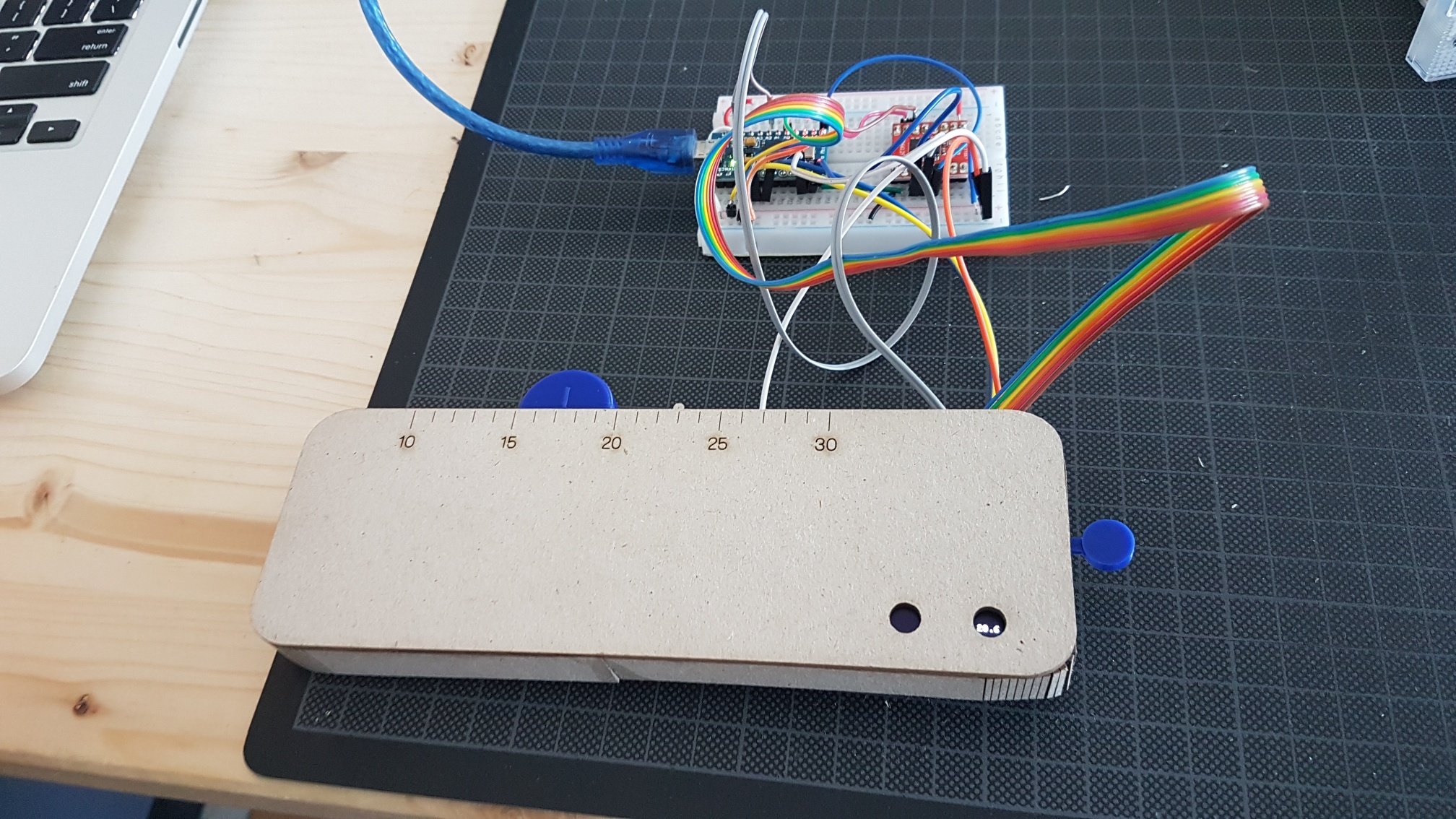Exploring what a privacy aesthetic could look like
Artist Dinie Besems and designer Jesse Howard are researching privacy friendly devices.

Fit for a king
Dinie Besems, a jeweler by trade, is exploring two things.
First, the luscious materials show that her creations are playing with the notion that privacy is slowly becoming a luxury item. Dinie's creations aim to not hide the devices, but to show them. Her creations are desirable, sensual and organic. They consist of multiple layers which can be adjusted. Users can play with them, having a lot of freedom to change their shape.
Secondly, she is exploring how we can manage what devices divulge into our private spaces. Many devices have screens which show things like sensor measurements. In some cases these measurements could be sensitive. Since our private spaces are permeable, it would be wise if users could manage when they divulge information. For example, we may have guests visiting our homes, such as a delivery or installation person. But even when we have friends over we may not want to divulge data. That's why Dinie's creations all have 'skirts' which can be pulled over the screens to hide them, or pulled aside to reveal their data.
Her inspiration? Marilyn Monroe.

Expressive physicality
The initial experiments by designed Jesse Howard focus on restoring trust. In the picture above you see a prototype of a thermostat. The blue toggle switch on the right can be pulled up or down, and decides whether or not the device is allowed to communicate with the network. All Candle devices have been designed in such a way that they are still useful without their network connection, and Jesse is taking advantage of that by allowing users a big physical switch that toggles and shows the state, and that invites users to change this state often.
The temperature can be set using the blue sliding button at the top. You simply slide it to the desired temperature. The fun thing is that if the device is connected to the network, and you change the thermostat value using the app, then a small motor will drag the button to the intended correct position.
The holes in the bottom right show the connection status, and the actual current temperature.
This fine dust sensor prototype makes the value very easy to read. The needle jumps a bit with every sensor reading, once again exploring this 'analog' physicality.
Share this article
These are privacy friendly sharing buttons; no code from these companies has been loaded into this page